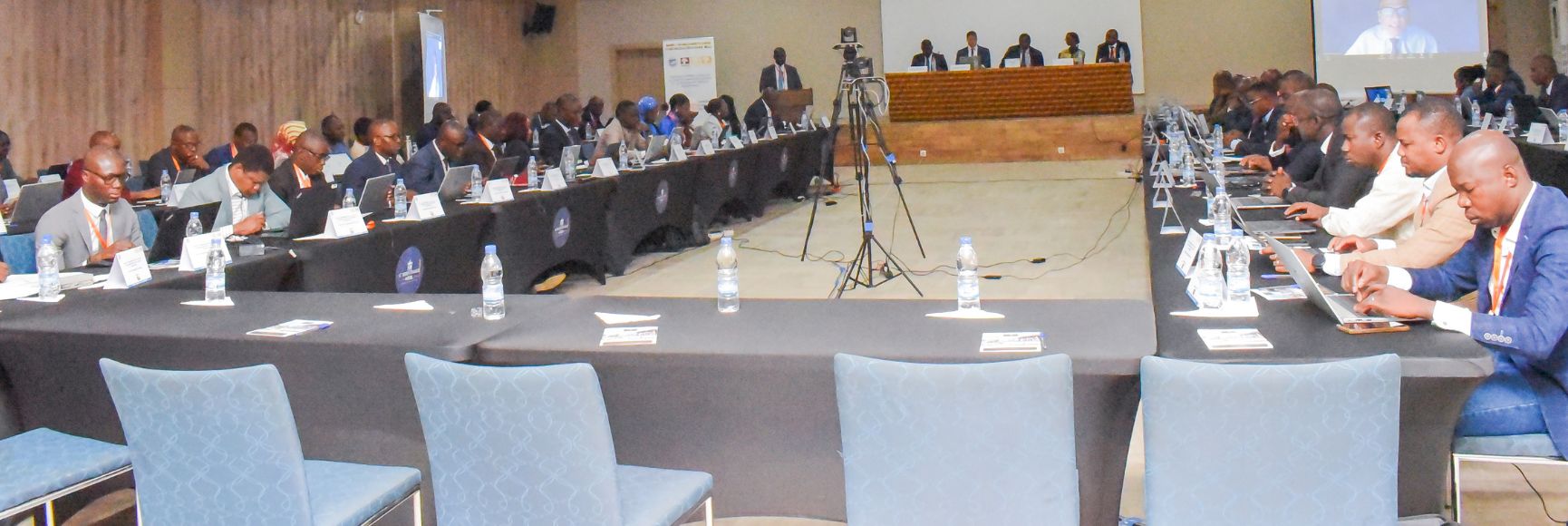
Posted by Richard Neves and Sanjesh Naidu[1]
For several decades, Pacific Island Countries, like many developing countries elsewhere in the world, have prepared national and sectoral plans which are inadequately linked to the annual budget process. Achieving the development objectives set out in these plans could be best described as variable. Plans have become aspirational documents, accurately reflecting the development outcomes that various communities seek, and connecting with global and regional priorities that are of national interest, for example the UN’s 2030 Agenda for Sustainable Development. But they are much less effective in guiding decisions on which projects to implement, or which services to prioritize, and securing the necessary resources.
The availability of resources (or lack of them) is a perennial challenge to the credibility of national plans. Such difficulties can be compounded by poorly designed plans that neither accurately reflect government priorities, nor are feasible to implement. Sustainable development requires improving the linkages between national and sectoral plans that clearly identify development objectives and the budget.
A guidance note on improving these links was recently published by the IMF’s Regional Technical Assistance Center for the Pacific (PFTAC) and the Pacific Office of the United Nations Economic and Social Commission for Asia (ESCAP). The note focuses on three important aspects of the planning/budgeting relationship:
- identifying gaps in the planning and budgeting cycle;
- strengthening links between national planning and the budget; and
- aligning decision-making with strengthened monitoring and reporting.
Unfortunately, disconnects between planning and budgeting processes are well documented in many countries. Addressing these gaps includes:
- increasing understanding of the public finance management reform agenda to other government agencies, and expanding the ownership of reforms beyond the ministry of finance;
- combining the central planning and budgeting functions of government into a single department or unit, ideally within the finance ministry, with combined responsibility for budget analysis, planning, and resource mobilisation;
- building the capacity of sector ministries to more accurately and realistically estimate the resource requirements of development projects and policies, over the medium term;
- mandating that all new policies and project proposals undergo a review of their fiscal and budgetary impact prior to Cabinet consideration; and
- institutionalising effective coordination and consolidated reporting processes.
Introducing a strategic phase and a medium-term perspective into the budget process can foster a greater appreciation of priorities, and assist the process of building stronger links between planning and budgeting. Such a phase should review national and sectoral priorities and new policy initiatives, framing them within the overall budget context. It would facilitate the prioritization of competing policy initiatives, and help to reconcile the costs of proposed development projects with available resources. It would also enable more detailed scrutiny of budget proposals by sector ministries, the ministry of finance, and political decision makers. Success of the strategic phase could be underlined by a national MTEF developed for the local context which would:
- review the macroeconomic outlook for the budget year and at least two additional years;
- agree overall budget ceilings for spending agencies in the budget year;
- identify priority expenditure areas based on national and sectoral plans; and
- highlight policy decisions already taken which will have an impact on the budget in the coming years.
The strategic phase in the budget process needs to reconcile the cost of delivering public services with the budget ceilings. Budget hearings, conducted between the finance ministry and spending agencies, help to scrutinize spending plans and promote agreement on priorities.
Introducing a results orientation into the budget process can also help to integrate the government’s planning and budgeting functions. It can be achieved in gradual steps, such as:
- spending ministries identifying their results as part of the budget process;
- identifying a common set of indicators for both plans and budgets so that the government can monitor the performance of its plans and budgets in an integrated manner; and
- disclosing performance information in the budget documents.
Common indicators for planning and budgeting, would allow for consolidated reporting (perhaps annually) structured around the budget and MTEF. Such reports would contain information on the allocation of resources, the resulting activities, and development outcomes. They could track the implementation of national development priorities, and inform domestic policy, as well as global and development partner reporting requirements.
In conclusion, several benefits would emerge if planning and budget systems were well linked. These benefits include:
- a more coordinated approach to the implementation of government priorities that helps achieve better development outcomes, including achievement of the Sustainable Development Goals;
- improved accountability for performance by implementing departments and ministries; and
- a better use of performance information to align resource allocations with policy priorities.
[1] Richard Neves is a PFM Advisor at the IMF’s Regional Technical Assistance Center for the Pacific (PFTAC); Sanjesh Naidu is with the Pacific Office of the United Nations Economic and Social Commission for Asia and the Pacific (ESCAP).
Note: The posts on the IMF PFM Blog should not be reported as representing the views of the IMF. The views expressed are those of the authors and do not necessarily represent those of the IMF or IMF policy.





